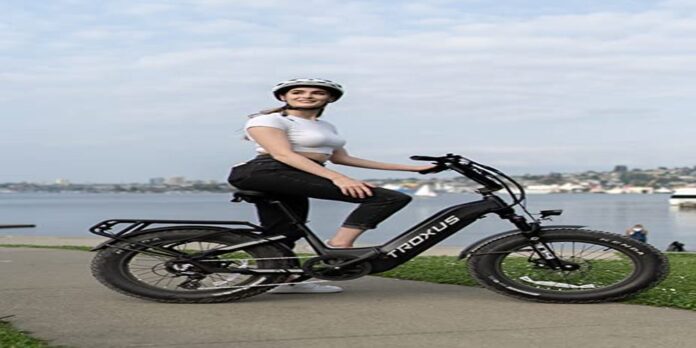Battery maintenance for e-bikes is vital. One item that greatly affects performance is the battery’s condition. Another reason is that you want your battery to last as long as possible because a replacement usually costs $600 or more.
Watch Your Battery Level
All lithium-ion batteries start to degrade as soon as they are created. Most manufacturers provide a battery-specific warranty period, which is typically expressed as X charge cycles (usually around 500 to 1,000). The battery is charged from zero to one hundred percent in one cycle. Before completing one full charge cycle, you can use 25% of the battery’s capacity, recharge to 100%, and repeat this process three times.
You should avoid this situation to prolong battery life because charging a battery to 100% puts it under stress. If you are aware that you won’t require a full battery, it is preferable to charge to 85%.
Discharging operates in a similar manner. Your battery will be considerably happier if you can stop short of going to zero. Consider it like being hungry. Do not wait until you are starving before eating, and when you do, try to limit how much you eat so that you can still eat more.
Quick chargers also fit the meal analogy. Either you can consume food steadily or you can inhale it. Both fill you up, but one is gentler on your body. The speed charger that steps is the exception.
The battery isn’t overly stressed during the first half of a quick charge; rather, the last half needs to be eased into. While most bicycles have on-bike charging capabilities, it is a good idea to take the battery out of the bicycle at least once a month to inspect the connections. Corrosion and bad connections are both potentially caused by water, sweat, and general muck.
Purchase a Light Timer
Get yourself a light timer and set it for one to two hours. After all, none of us have time to wait around and watch a battery charge just so we can turn it off when it reaches 80 to 90 percent. Most batteries will charge up to 80% within this period.
Do a full charge if you are anticipating a long ride day or if you intend to explore. By keeping the cells from working at maximum capacity for an extended period of time, doing this as near to the trip as you can reduces battery stress.
Keep Away from Extreme Temperatures
A 40–70% charge is appropriate for keeping the bike for a few months. Monthly battery checks. If the battery falls below 20%, raise it to 40–70%.
Dry storage at 45–85 degrees Fahrenheit is also recommended. Above or below extremes are unhealthy for battery chemistry. Avoid leaving your batteries in the car. In direct sunlight, your car can surpass these limitations in 20–30 minutes at 60 degrees. If you can’t bring it inside, lock it to the bike. This will secure and cool it.
Leave the battery off when transporting the bike on a rack—batteries don’t enjoy being dropped. Occasionally, a large road bump and a faulty bike/battery connection can send that costly battery bouncing down the road. This can break any of the many soldered cell connections. If you want to see more about maintenance and how to take care of your bike you can visit Troxus Mobility site.







